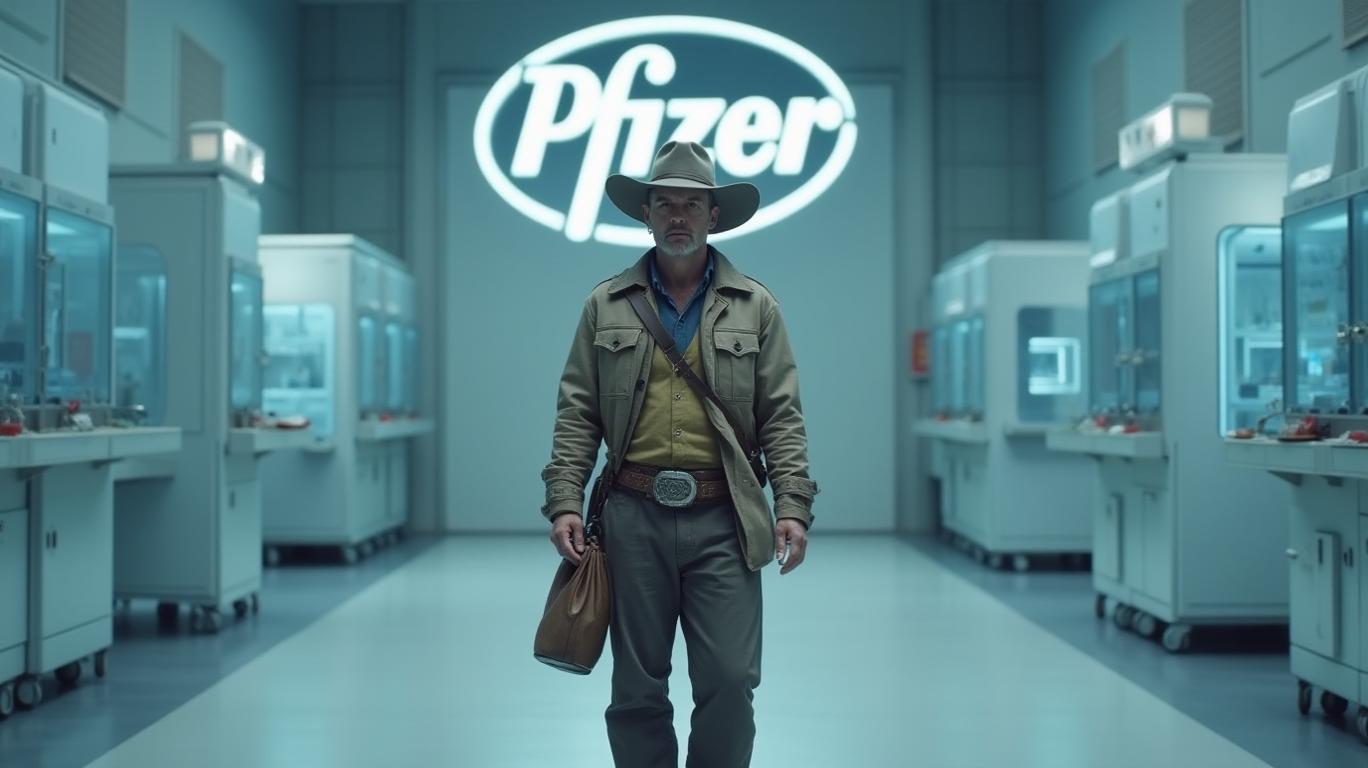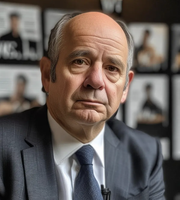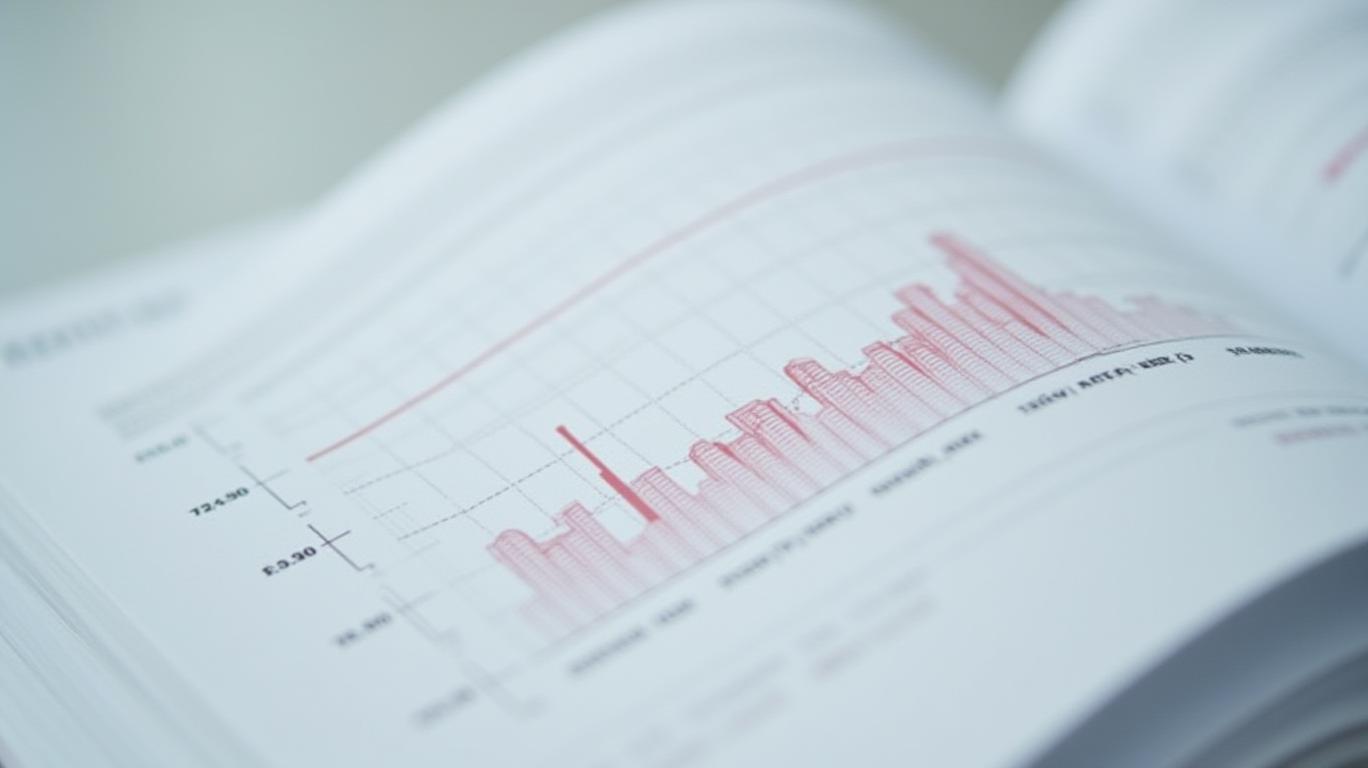Pfizer Has Unreasonable Whiff Of The Marlboro Man
The Marlboro Man, that rugged symbol of American ruggedness, once epitomized a brand that thrived in a bygone era. Today, Pfizer Inc. (NYSE: PFE) risks a similar fate: clinging to legacy products while struggling to adapt to a fast-changing landscape. Once a pharmaceutical titan fueled by blockbusters like Lipitor and Viagra, Pfizer now faces headwinds from generic competition, regulatory overhang, and pipeline setbacks that threaten to make its current trajectory as outdated as the Marlboro Man’s cigarette.
The Financial Struggle: A Legacy in Decline
Pfizer’s 2025 financial outlook reveals a company in transition. While it projects $61–64 billion in revenue, this includes relying on pandemic-era products like Comirnaty (its mRNA vaccine) and Paxlovid (its antiviral treatment) to stay afloat. But here’s the catch: generic and biosimilar competition is expected to slice $600 million from revenues this year, while the Inflation Reduction Act (IRA) could lop off another $1 billion due to Medicare Part D changes.

The company’s return on equity (ROE) of 8.9% trails the industry average of 22%, a stark reminder of operational inefficiencies. Even its dividend—yielding a hefty 7.63%—masks underlying weaknesses. While the dividend itself is stable (the 346th consecutive payout underscores this), the payout ratio is projected to rise to 59% in the next three years, squeezing room for reinvestment.
Pipeline Setbacks: The Marlboro Man’s Empty Saddle
Pfizer’s recent stumble with its obesity drug danuglipron epitomizes its pipeline challenges. Despite hitting primary endpoints in dose optimization studies, concerns over drug-induced liver injury forced the program’s halt. This leaves Pfizer scrambling in a crowded obesity market dominated by rivals like Novo Nordisk’s Ozempic and Eli Lilly’s Wegovy. Analysts at UBS lowered their price target to $24, citing concerns over overestimated pandemic-era sales, while Morgan Stanley’s $31 price target hinges on the success of an alternative candidate, PF-07976016, a GIPR antagonist entering Phase 2 trials in late 2025.
Regulatory and Competitive Crosswinds
Beyond internal challenges, Pfizer faces external headwinds. President Trump’s proposed tariffs on pharmaceutical companies—a bid to incentivize U.S. manufacturing—could hike production costs and disrupt global supply chains. Meanwhile, the IRA’s impact on Medicare pricing remains a looming threat. Add to this the specter of patent expirations and biosimilar encroachment, and Pfizer’s growth outlook becomes murkier.
The Earnings Crossroads: April 29 as a Make-or-Break Moment
Pfizer’s Q2 earnings report on April 29 will be pivotal. Analysts project EPS to drop to $0.68, down from $0.82 in 2024, with sales slipping to $14.11 billion. The key will be whether Vyndaqel, its amyloidosis drug, can offset declines elsewhere. Historically, Pfizer’s stock has shown a 50-50 post-earnings swing, with a median gain of +2.7% or loss of -1.3%. This time, any miss could amplify fears of stagnation.
Conclusion: Can Pfizer Ride into the Future?
Pfizer’s current trajectory mirrors the Marlboro Man’s predicament: a symbol of past glory struggling to adapt to modernity. While its dividend and cost-saving initiatives (e.g., $4 billion in net savings by 2024, plus $500 million more in 2025) offer near-term stability, the company’s low ROE, pipeline gaps, and regulatory risks paint an uncertain picture.
The PF-07976016 trial results due by December 2025 and the April earnings report are critical catalysts. If Pfizer can prove its pipeline can deliver, it might avoid becoming a relic. But with the IRA’s $1 billion revenue hit and ROE lagging peers, the odds are stacked.
Investors must weigh the 7.63% dividend yield—a rare oasis in today’s low-yield world—against Pfizer’s fading growth prospects. For now, the stock’s 6.5% decline over the past three months suggests markets are skeptical. Unless Pfizer can ride new therapies to relevance, it may find itself playing the role of a fading legend, forever chasing the horizon it once defined.


_442a2dcc1749832873286.jpeg)
_e68fac6d1749831664430.jpeg)





